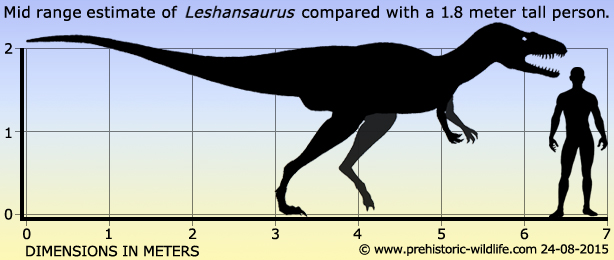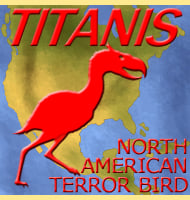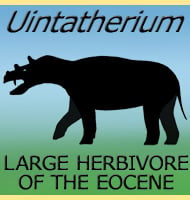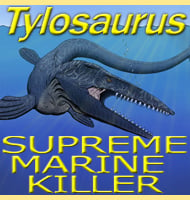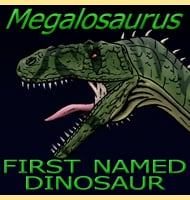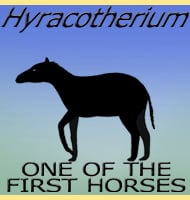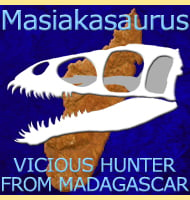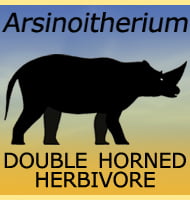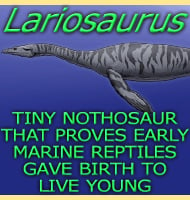In Depth
Leshansaurus was a mid-sized theropod of the late Jurassic of China with jaws that were proportionately longer than most other theropods of the time that also widened slightly. These features might denote a prey specialisation for Leshansaurus, perhaps somehow helping it to deal with the large variety of relatively small stegosaurs of the time such as Chungkingosaurus, Gigantspinosaurus and Chialingosoreus (e.g. longer reach for biting over stegosaur plates and spines). However this is only early speculation.
At the time of the initial description Leshansaurus was described as an allosauroid and possible relative to its contempory Sinraptor. However a cladistic analysis was not published at this time, and later observers have suggested that Leshansaurus might actually be a megalosauroid theropod.
Further Reading
– A new carnosaur from the Late Jurassic of Qianwei, Sichuan, China. – Acta Geologica Sinica 83(9):1203-1210. – F. Li, G. Peng, Y. Yong, S. Jiang & D. Huang – 2009.
